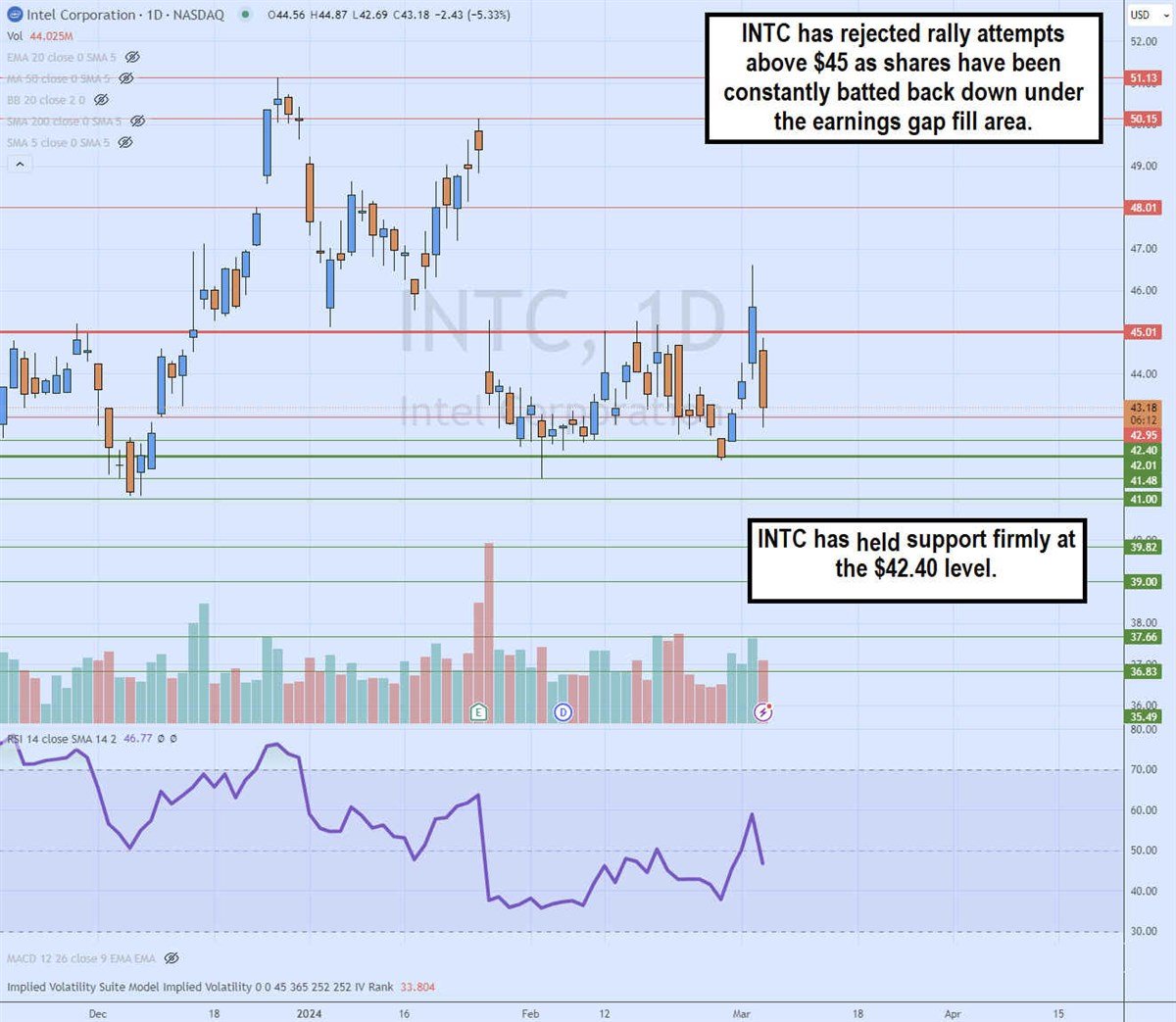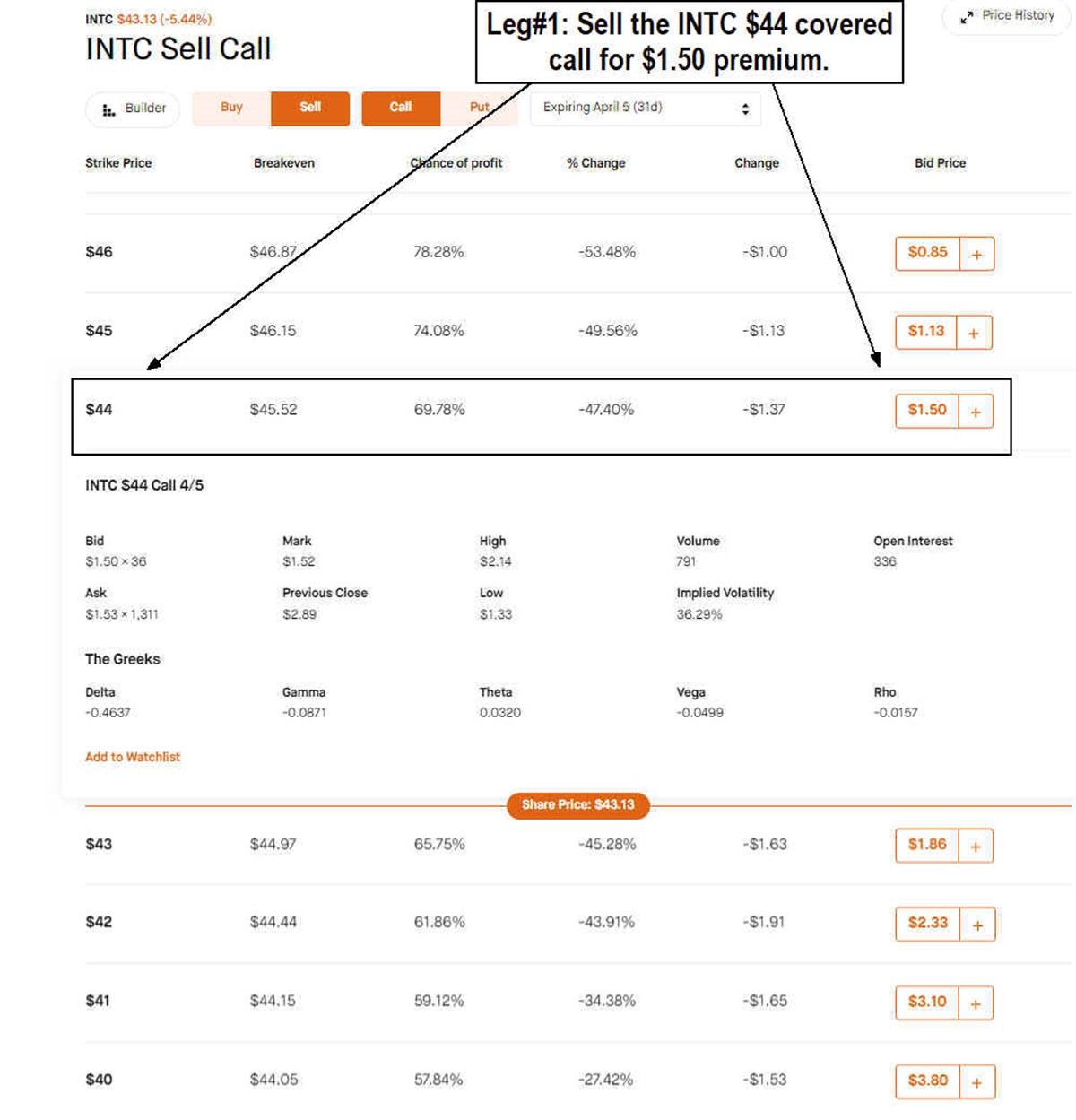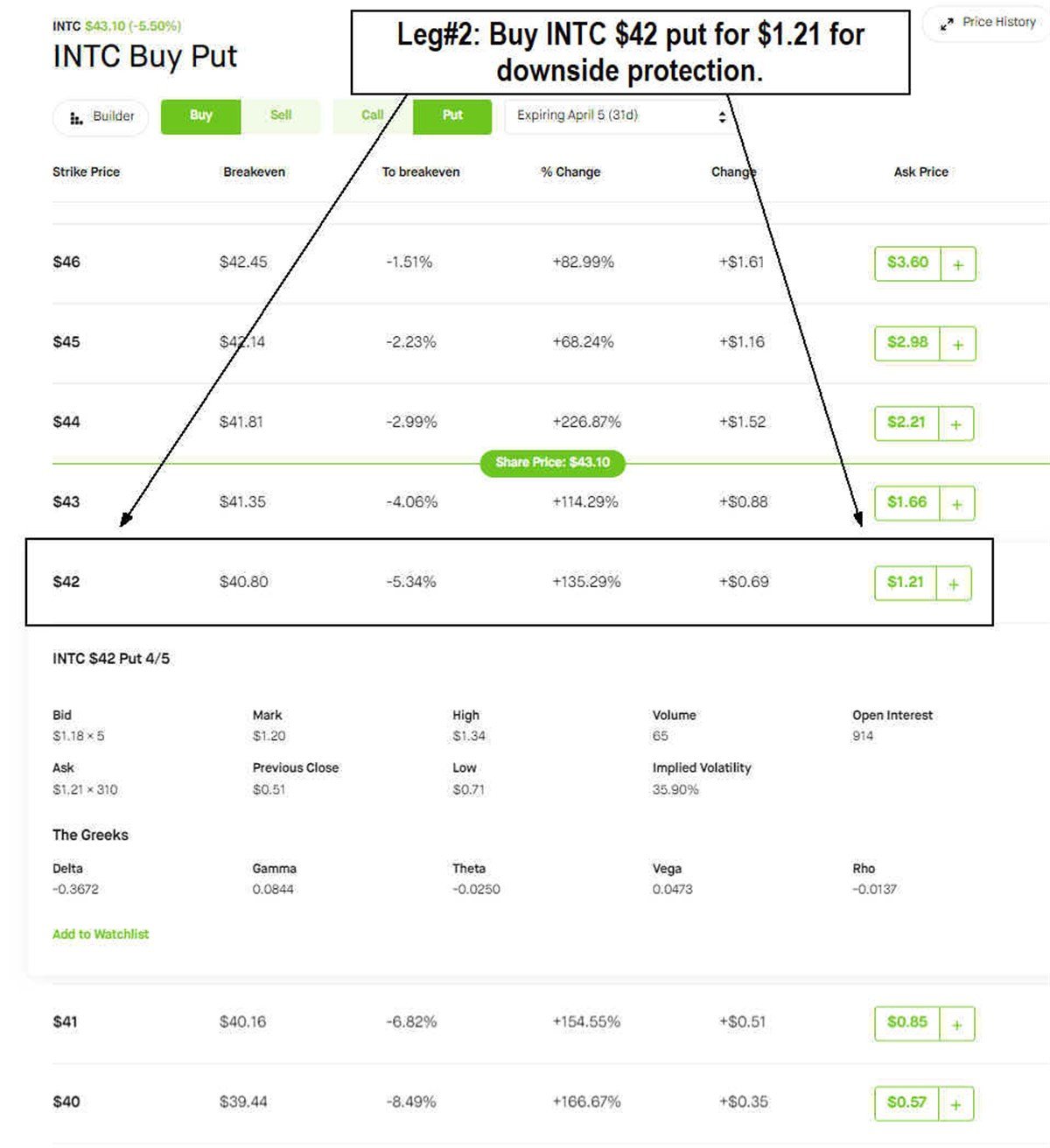The stock bull market seems to make new highs every week. You'll probably want to protect some of those profits if you rode the market recovery since the pandemic selloff. Selling your winners would result in a capital gains tax bill, not to mention potentially missing out on future gains. Instead, if you're most concerned about protecting your downside, then consider using an options collar strategy. This works on any optionable stock in any stock sector in the stock market.
What is an Options Collar?
Of course, it does require a basic understanding of options trading. It also requires being familiar with writing a covered call. You could write a covered call to collect rent, but what happens if the market collapses and the premiums you collected don't cover the selloff? You could buy puts to hedge your gain, but that's like paying for an insurance policy every few months, which can add up. However, combining the two strategies make up the two legs of an options collar.
Mark Cuban’s Option Collar Strategy Saves His Yahoo Shares.
During the infamous 2001 dot-com Bubble, many dot-com millionaires went broke holding onto their stock as most internet stocks crashed and never recovered. In April 1999, Yahoo! acquired Broadcast.com, Mark Cuban’s internet streaming local sports broadcasting startup, for $5.7 billion in a stock transaction. Cuban received 14.6 million restricted shares of Yahoo! stock.
One year later, the dot-com bubble began to burst as Yahoo! stock fell from $250 in January 2000 to under $30 by the end of the year. Since Cuban had a background in day trading, he anticipated the bubble bursting and implemented an options collar to protect his Yahoo stock during the collapse since he was restricted from selling it outright.
Cuban was able to cash out his Yahoo! stake relatively unscathed, cashing out over $1 billion in proceeds afterward, while numerous internet billionaires lost their fortunes in the crash. Cuban placed an options collar selling covered call at a $205 strike price and buying puts at $85 when Yahoo! shares were trading around $95 at the time he put on the trades.
The Mechanics of an Options Collar
The options collar has two legs. If you are familiar with writing covered calls, the collar is just an extra step after buying a protective put. Therefore, you will first write the covered call on the stock you own and then buy a put on the same stock. The strike prices will be based on support and resistance levels.
Identify the trading range.
Let’s use Intel Co. NASDAQ: INTC on the daily candlestick chart. The first step is to identify a trading range.

Ever since INTC's earnings gap went down, INTC has constantly peaked and fallen below the $45 area resistance. Its support levels have been held at the $42.40 level. Assuming we want to protect our profits in INTC stock, we can execute an options collar to protect us from a hard selloff for the next 31 days. It's possible to execute the options collar further out, but for example sake, we'll do 31 days of protection expiring on April 5, 2024.
Putting on the Trade
On March 5, 2024, INTC was trading around $43.18. To execute the options collar, we must first write a covered call with an expiration date of April 5, 2024, for leg #1.

We can write the INTC $44 strike covered call for $1.50. This gives us protection down to $41.60, which is calculated as $43.10 INTC minus the $1.50 call premium. The call option also provides an additional 82 cents in potential upside if INTC closes above the $44 strike on April 5, 2024. This means if INTC rises to above $44 on expiration, we will receive an extra 88 cents per share as our positions are called away.

For leg #2, we want to add protection from a much deeper selloff within the next 31 days under our $41.40 buffer price. We can buy a $42 put contract at $1.21. This means if INTC falls under $42, we are protected no matter have far it's since below $42 since the contract will rise in value. Since we use proceeds of the covered call premium of $1.50 to pay the cost of the put contract at $1.21, it leaves us 29 cents of premium leftover to keep.
Possible outcomes
Upon expiration, if INTC closes between $42 and $44, then we keep our INTC shares. The call option expires worthless, which means we keep the $1.50 call premium. The put option expires worthless, which means we lost the $1.21 paid for the contract. That leaves us with the original INTC shares long and a 29-cent premium profit.
If INTC closes above $44, our INTC shares are called away at $44 for an 88-cent profit. We still keep the $1.50 premium minus the $1.21 paid for the put option, which expires worthless. That leaves us with a total of $1.17 in additional profits.
If INTC closes below $42, we are protected on the downside as our puts rise in value. The calls expire worthless, so we keep the $1.50 premium minus the $1.21 paid for the put option. This leaves us with the original INTC shares and a 29-cent premium profit.
When to Collar Stocks
While we used a situation when you can protect your profits with a collar strategy, you can also use this strategy for income. When you select the right combinations of strike prices, the premium is left over as a profit, as seen in the INTC example. We will have more set-up cases in future articles so that you can apply them to your portfolio as you become more familiar with options trading.
Before you consider Intel, you'll want to hear this.
MarketBeat keeps track of Wall Street's top-rated and best performing research analysts and the stocks they recommend to their clients on a daily basis. MarketBeat has identified the five stocks that top analysts are quietly whispering to their clients to buy now before the broader market catches on... and Intel wasn't on the list.
While Intel currently has a "Reduce" rating among analysts, top-rated analysts believe these five stocks are better buys.
View The Five Stocks Here
Just getting into the stock market? These 10 simple stocks can help beginning investors build long-term wealth without knowing options, technicals, or other advanced strategies.
Get This Free Report
Like this article? Share it with a colleague.
Link copied to clipboard.